Sustainable
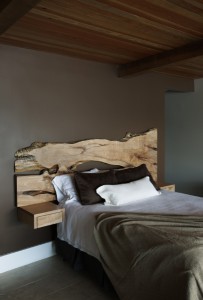
“But in the end, it’s up to all of us to contribute to solving the world’s problems, to begin thinking of ourselves not as passengers but as crew on spaceship earth.” Dutch Designer – Inventor Daan Roosegaarde, creator of Smog Free Towers, Azure Magazine May 2020. Designers show people new ways to live. We answer questions with ideas. How do we go green? Why should we make choices for environmental responsibility? What materials are healthiest, which are most sustainable and offer the best life cycle cost benefits? Where can we buy green sustainable products that do no lasting harm to our planet? It is the responsibility of designers today to show people that there is a new way to live that does not involve personal sacrifice but which in fact creates eco-luxury. Eco-lux may not be gold plated, but it will be both comfortable and healthy.
Sustainability is a big word today, we hear the word sustainable being used all the time and in many ways. For me the best short question about sustainability was asked at the first Victoria, Living Futures Conference: “What if we lived here as if we planned to stay?” Many of us are living today as if we have another planet to move to when business has wasted the one we have. However a local movement to change this is growing all over the globe. People see the need for sustainability. Please think about how you want to live, is it in a healthy safe home, or in a home full of drycleaning chemicals, volatile organic compounds and toxic offgassing?
100 Mile Design – Why would a Victoria designer with international clients decide to concentrate on working within 100 miles of his studio? Jetting to eco-projects in Baja or The Bahamas does not fix our own back yard, and our first responsibility in eco terms, must be to our own waste, our own energy use and our own ability to make a difference. So I reduced the size of my working carbon footprint, promoting suppliers, artists, designers, craftspeople and local trades who meet our eco standards within 100 miles of the design studio. Sustainability starts with local. Local dollars spent on local suppliers keep our island economy strong, keep our community vital and keep our ability to withstand global economics under our own control. When shopping think about your decisions to support local food production, local furniture makers and local eco initiatives. In honour of the Vancouver based 100 Mile Diet, my mantra is 100 Mile Design. Victoria sits on a green jewel floating in the ocean, please let’s all do what we can to keep it that way.
Ten Checkpoints: for creating, working and interacting within a sustainable community.
- Does the result of the planning process produce something that is made locally, minimizing transportation needs and energy consumption?
- Can we design with materials that are made with renewable resources?
- When we need to extract raw materials, can we do so responsibly without impairing wildlife habitat, or degrading the natural environment in irrevocable ways? Is the water still fresh and clean; are those resources which we feel we need, truly sustainable?
- When nothing else will replace a material need for plastics, aluminum or other material potentially harmful to our ecosystem, then can we use recycled or reclaimed versions of these materials? Once we have taken fossil fuels from the ground or expended the energy to produce metals like aluminum, then we should try to reuse them at the end of each phase of their current utility to minimize impact and harm.
- Pure self preservation and care for those around us and those who will come into any contact with the material and design choices we make, means we must always select non-toxic ingredients. How could a designer today specify any material that has even the smallest chance of being carcinogenic or toxic. See Red List https://living-future.org/declare/declare-about/red-list/
- Manufacturing should favour and reward methods that minimize waste, that eliminate pollution and that have no forms of toxic emissions. This trend is growing locally and internationally but the planet is large and eco-villains will always seek the dark and forgotten corners if allowed.
- When the fruits of our efforts are to be distributed, can they minimize needs for packaging and can that packaging be such that it can be recycled and reused? One of the largest components of landfill waste is simply packaging, the result of poor planning and bad habits, both of which can be greatly improved.
- Not only to help stop feeding the myths of expensive energy, promoted with great delight by energy producers and utilities, but also with simple common sense and applied intelligence, we can design and demand tools and machines that are energy efficient. Buckminster Fuller once told me directly as a student, “We have no energy crisis; we simply have an ignorance crisis.” His words still ring true.
- The inherent value of great antiquities teaches us that we should strive to create works that last for a long time. There are so many justifications for designing for durability from embedded carbon footprints to efforts expended and the maintenance of intrinsic social values.
- At the end of the utility phase of an object we have created, can it be deemed to be recyclable or biodegradable? Can we truly create cradle to grave and cradle to cradle products? If they do not meet these criteria, then why would we create these objects in the first place? We can and must do better than we have recently but our hope lies all around us in the detritus of history, the biodegraded waste of previous civilizations which are now compost for life forms today. Only our society in all of history has produced materials that do not naturally decompose over time and that cannot be absorbed back into nature without toxic effects.
These ten checkpoints for designers and builders today, are for those of us who plan for the use of materials from cradle to grave, from extraction through to the end of their utility. We should check these guideposts to ensure that we do a better job of steering our local design / build communities, and through our behavior within a new green awareness, we can benefit the planet and the life we all hold dear.


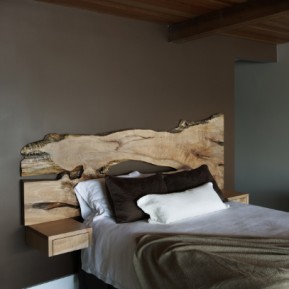
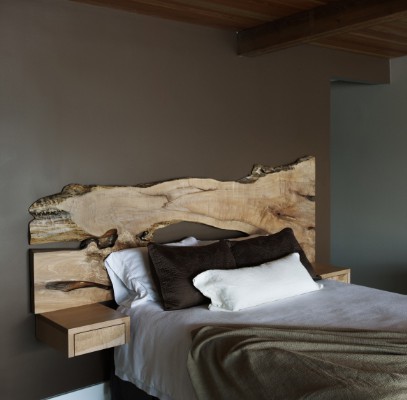
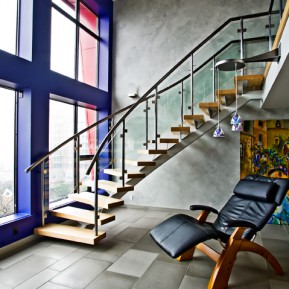
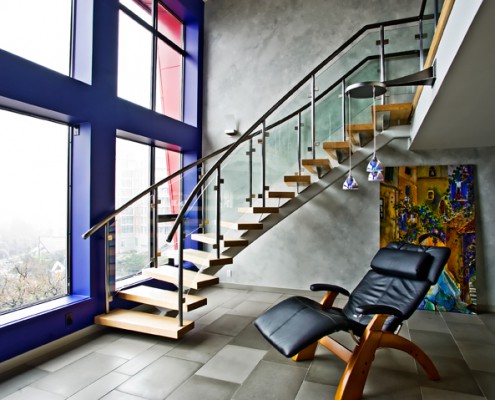
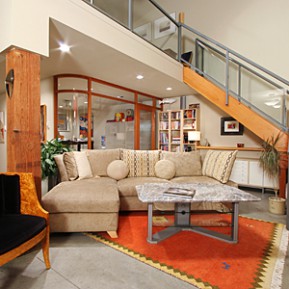
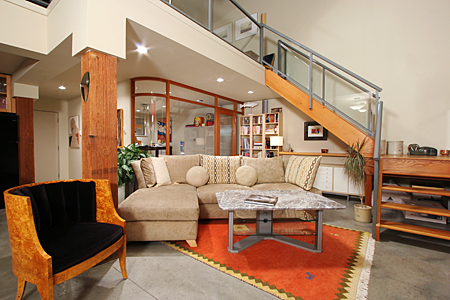
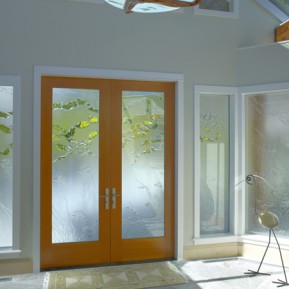
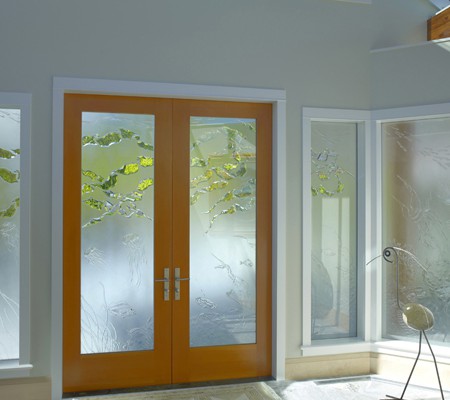
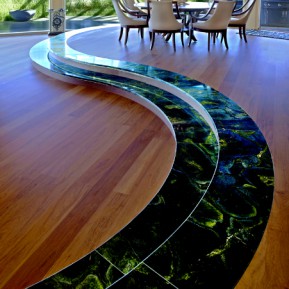
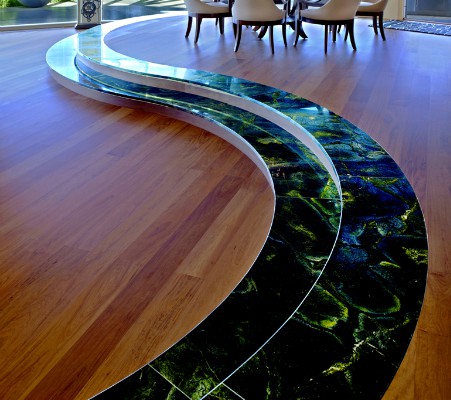
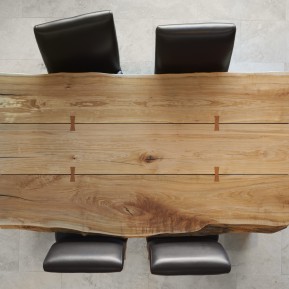
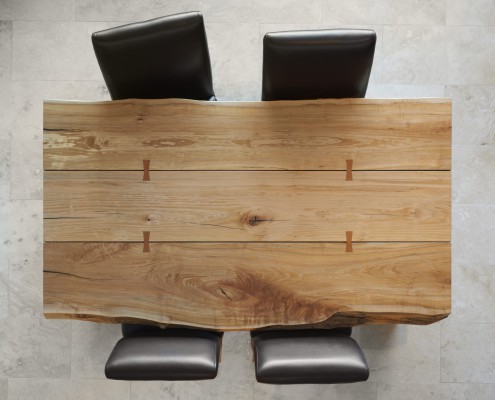
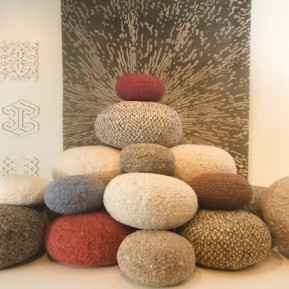
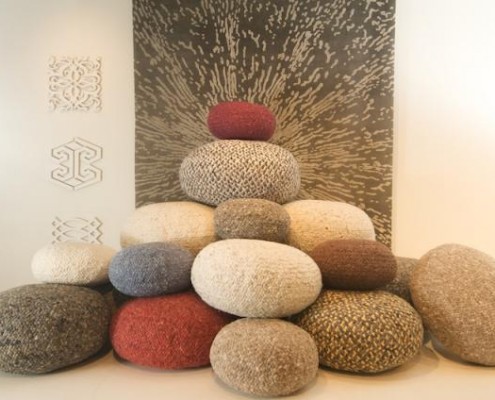
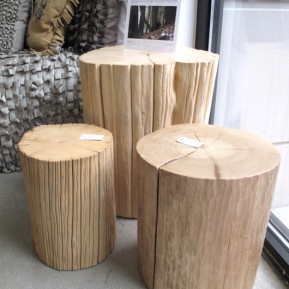
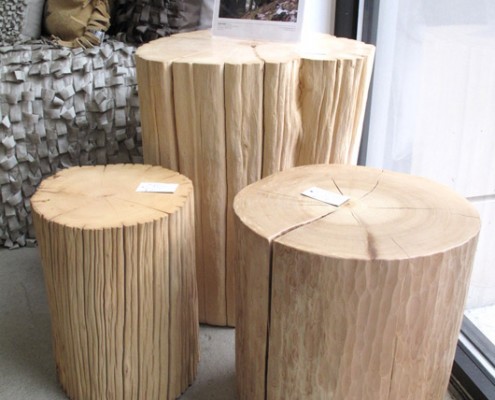
WHY WOULD A DESIGNER SELECT VANCOUVER ISLAND MARBLE ?
in Design, Eco Articles, Residential/by JC ScottQ. Why would a designer select and specify Vancouver Island Marble Quarries products for their projects?A 1. Much of Western and Northern Vancouver Island is comprised of limestone with large marble deposits. The material is both abundant and local.2. Only some of the marble is of good quality in large enough seams without cracks and… read more
I’m embarrassed to be human
in Eco Articles/by JC ScottIt is an embarrassing time to be a human. I mean, what could you say to a fish or to a bird if they could understand us in any way? “I’m sorry fish but it is better for me and all of us humans if we just use your water for a little while to… read more